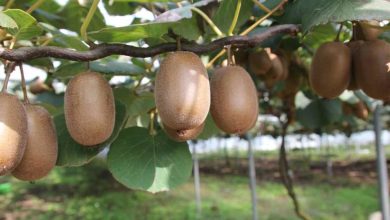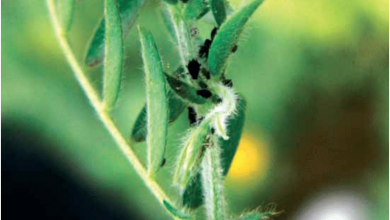Syringa Vulgaris: [Cultivation, Care, Pests and Diseases]

 It is a medium-sized tree that produces green leaves and flowers that vary from pink to purple , creating a very beautiful environment.
It is a medium-sized tree that produces green leaves and flowers that vary from pink to purple , creating a very beautiful environment.
It has particular but not demanding characteristics of care, so it will be of benefit even to less experienced growers.
What is Syringa Vulgaris?
 The deciduous family is a species that stands out for offering very showy flowers with a tubular structure and a crown .
The deciduous family is a species that stands out for offering very showy flowers with a tubular structure and a crown .
The colors of the flowers occupy the variations of lilac or purple, but in some cases white versions are found . Thanks to its main color, in some areas it is called Lilac.
The leaves are of common characteristics, small to medium in size and green in color. It also generates a dried fruit that has a couple of seeds inside .
It has an ornamental- oriented utility . It occurs in areas where winter reaches temperatures below 0º C for its hibernation process.
Where should we sow it?
 The ideal place to have the Syringa Vulgaris is in full sun , although it could withstand semi-shade if it has a good part of the day with light.
The ideal place to have the Syringa Vulgaris is in full sun , although it could withstand semi-shade if it has a good part of the day with light.
It is best when it is in a clear area, as it generates branches that are distributed in several directions and is one of its main attractions.
As for the land, it must be able to drain the water at a good speed, but maintaining moisture. Acidic soils do not do well, so it is essential to measure the pH before proceeding to planting .
The characteristics of its trunk allow it to be sown in the garden or in a pot.
When should Syringa Vulgaris be grown?
The plants that are in pots will have to be transplanted every two years, taking care that it is also in this time of better climatic behavior.
How do we prepare the land?
So, if you have poor soil in this sense, it will be essential to start the adaptation process before next spring arrives . The use of mulch is also recommended, but this will be incorporated after planting the tree .
How to sow a Syringa Vulgaris step by step?
The sowing of lilac can be done through three ways: grafting, cuttings and elbowing.
Grafts
In the case of grafting, the plants will be obtained from an agricultural store and they will be sown in the chosen place, taking care to moisten the soil well.
Cuttings
The cuttings should be removed (preferably) in spring . To speed up the root growth process, it would be good to take advantage of a rooting agent and place the cutting in a pot with vermiculite.
After it is strengthened and has grown a few inches, you can transplant them to a more suitable pot or to the garden according to your preferences.
Bent
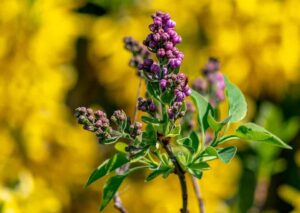 The case of elbows will only be possible to implement based on plants that have about two years of life .
The case of elbows will only be possible to implement based on plants that have about two years of life .
From one of its branches a ring of bark is extracted that we will keep covered with universal substrate inside a dark plastic bag that prevents the passage of light.
This substrate must be moistened. In the latter case, it is a slower process since it will need a minimum of three months of rest.
However, with cuttings, results will be achieved in six weeks. And if you want to advance safely and quickly, grafts are the ideal alternative.
What care do you need?
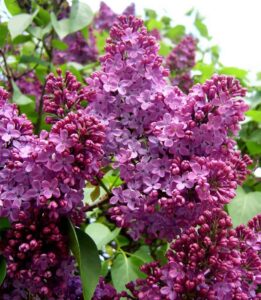 The Syringa Vulgaris needs similar care to other types of species such as: irrigation and compost .
The Syringa Vulgaris needs similar care to other types of species such as: irrigation and compost .
The plant is capable of working with a few days of drought, but it is better not to make it suffer, so a period of two weekly irrigations will be fine.
When summer comes around and the temperatures are much higher, it will be best to administer humidity three to four times a week.
The fertilizer is also essential so that it can develop and flourish with enthusiasm. As soon as spring arrives, it will be the ideal time to start adding organic fertilizers at least once a month.
What pests and diseases does Syringa Vulgaris attack?
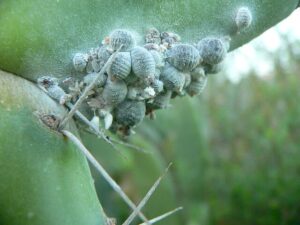 In the field of pests, it can be attacked by: mites, mealybug. As for diseases, they become common: powdery mildew and virus .
In the field of pests, it can be attacked by: mites, mealybug. As for diseases, they become common: powdery mildew and virus .
When it is the mealybugs that attack, it will suffice to use an anti-mealybug product.
The mites, for their part, cause the plant to not develop its flowering process normally, so they must be worked with acaricides.
However, the issue with the virus is much more regrettable because it has no cure and the only possible action is the absolute elimination of the plant . Symptoms that the virus has attacked include a series of yellow spots on new leaves, which tend to deform later.
We all would like to have a lilac plant in the garden and if you have come this far we invite you to get down to work.

![Photo of Vriesea: [Characteristics, Cultivation, Care and Disadvantages]](https://www.complete-gardening.com/wp-content/uploads/2022/08/vriesea-characteristics-cultivation-care-and-disadvantages-390x220.jpg)
![Photo of Lavender Care: [Soil, Humidity, Pruning and Problems]](https://www.complete-gardening.com/wp-content/uploads/2022/08/lavender-care-soil-humidity-pruning-and-problems-390x220.jpg)
